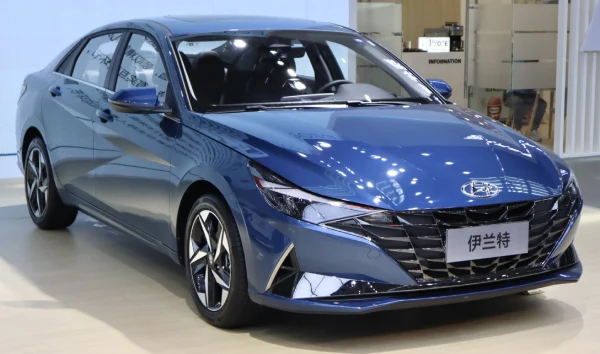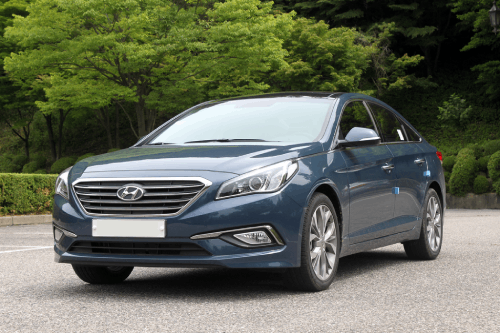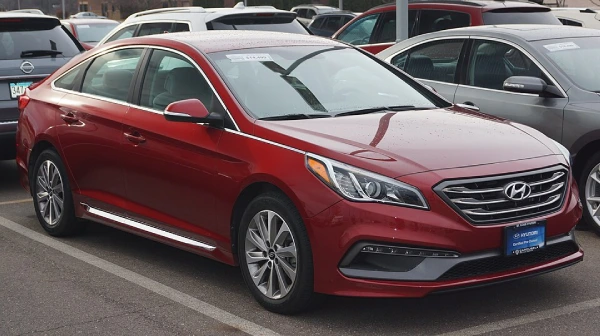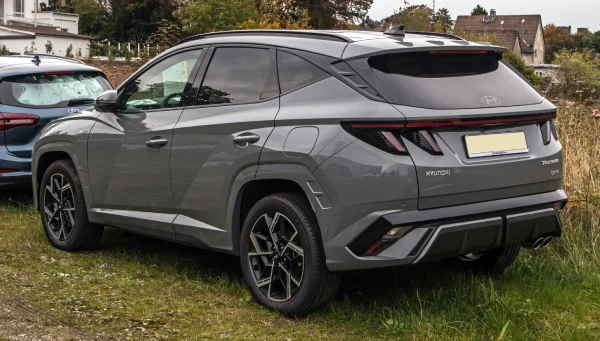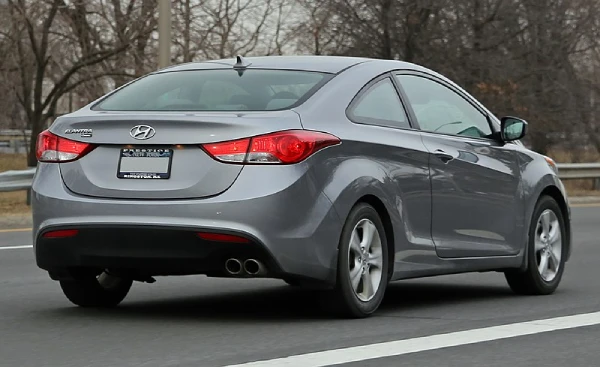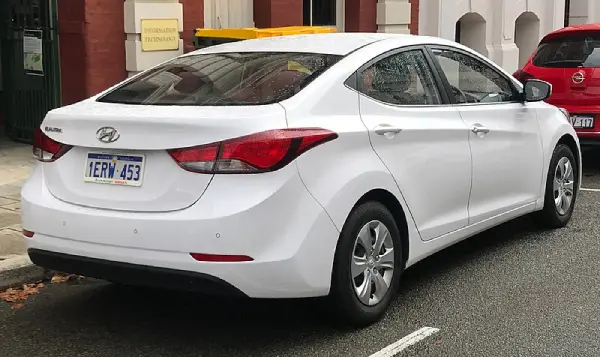Summary
Small, affordable automobiles used to be mocked for their uninspiring designs, shoddy interiors, and poor performance. Hyundai has contributed to changing that over the past ten years by producing cars that significantly surpass expectations. One excellent example is the 2024 Elantra. This chic little car is strong on value, model diversity, and interior space. To make it an even more alluring option for a tiny sedan, it also gets a major upgrade this year.
Hyundai has made minor but important stylistic changes to the Elantra for 2024. While the rear receives a more sophisticated taillight design and some cosmetic changes, the front end is redesigned with a split grille for an even sharper look. Additional USB charging connections, a revamped wireless charging pad, and new side-impact airbags for the backseat passengers are among the new features inside. The highest Limited trim level also comes with a few extra basic driver assistance features, such as a surround-view camera system that makes parking easier by providing a full picture of the vehicle.
Competitors to Consider
Be careful to cross-shop the Honda Civic, Mazda 3, and the Kia Forte, the Elantra’s corporate cousin. Similar to the Elantra, the Forte has a long warranty and offers many features for the price. Or, if you don’t like the way the Elantra drives, you might like the Mazda 3 or the Honda Civic. To find out more and discover where the Elantra stands in relation to its main competitors, view our Expert Rating.
What is the Elantra’s Driving Style?
In terms of speed, the base 2.4-liter four-cylinder engine falls short. Our Elantra took 9.4 seconds to reach 60 mph at Hyundai fans’ test track, which is slower than the competitors’ average time. It’s not bad, although it can be hard to pass or accelerate to highway speeds. It is also not particularly spectacular for furious driving because the power it does have is transferred through a continuously variable automatic gearbox that Hyundai optimizes for maximum fuel efficiency. However, under normal circumstances, the gearbox provides a smooth ride with minimal of the infamous droning noise that CVTs are known for. The Elantra performs mediocrely elsewhere. For a tiny sedan, it manages turns fairly well, behaves consistently, and is not easily agitated by bumps. However, the N Line, which has a sport-tuned suspension, is what you’ll want for lively driving.
How Cozy Does the Elantra Feel?
The ride on the Elantra is smooth. Although it settles really quickly, there is ample cushioning to effectively absorb road bumps. For the most part, the chairs are also comfy. On road trips longer than a few hours, the driver’s seat bottom may not offer enough support because it seems a little flat. Additionally, there isn’t much side bolstering to keep you grounded when cornering. With large dials to operate the offered dual-zone climate control, the climate controls are simple to use. When fitted, the heated seats come on fast. The loudness of the cabin is the negative news. The Elantra is far behind the class leaders in terms of wind noise, which is especially obvious.
Inside: How is the Interior?
There is ample room and clear visibility outside the Elantra cabin. One of the roomiest little sedans for adults to sit comfortably in the rear is the Elantra. The driver’s seat of our Elantra Limited test car was power-adjustable. Because of its large range of adjustment, it should fit both tall and short drivers. Finding the perfect driving posture is made easy by the steering wheel’s generous amount of adjustment.
How is the Technology?
The twin display panels that Elantra offers—one for the infotainment and one for the gauges—are easy to operate. The infotainment screen features quick and clear directions and menus that are easy to follow. Even though the Elantra only has the basic 8-inch touchscreen screen, it gets bonus points for having wireless Apple CarPlay and Android Auto. It’s confusing since both smartphone integration systems need a wire to operate the larger 10.25-inch screen. The Limited’s enhanced voice activation system, which can precisely react to orders for climate control, addresses, and web searches, is another positive aspect. With lane centering and seamless adaptive cruise control, the available full suite of sophisticated driving aids is among the greatest current systems. During our testing, we didn’t encounter any bogus alerts.
How is the Storage Situation?
At 14.2 cubic feet, the trunk space is marginally more than typical for the class. Some people might find the remote release latches in the trunk more convenient than the seat releases, as the rear seats fold flat. It is not unusual for front-seat passengers to have storage cubbies and cups. One excellent feature of the Limited trim is a wireless smartphone charging pad. To secure kid safety seats in place, there are two anchors on each rear outboard seat. It’s simple to locate the anchors in between the cushions. You shouldn’t have to squirm into your driving position to pack rear-facing seats thanks to the roomy back seat.
Fuel Efficiency: 9 out of 10
What is the fuel efficiency? The 2.0-liter engine-powered Elantra has an EPA-estimated combined city/highway fuel economy of 34–36 mpg, depending on the model. In either case, you can expect exceptional fuel efficiency. On our mixed-driving test route, we easily confirmed the EPA’s prediction and even went beyond it, getting a wonderful 41.8 mpg. There is also an Elantra Hybrid with even better fuel efficiency.
Value: 9 out of 10
Is the Elantra a cost-effective device? You have now reached the sweet spot of the Elantra. With a limited warranty coverage of five years and 60,000 miles, a powertrain guarantee of ten years and 100,000 miles, and free maintenance for three years and 36,000 miles, it just outperforms the competition. The price is also appealing to us, especially in light of the extensive feature set that all models come with by default. The quantity of harsh plastic in the cabin and the almost empty back seat are our only grievances. Large, vivid screens, superb voice controls, and an evocative exterior design give the Elantra a wow factor. Fortunately, the high-output Elantra N is available for vehicle aficionados who want more than the base trims, which don’t claim to deliver driving exhilaration.
Which Elantra is Recommended by hyundai fans?
For the best deal, we suggest the SEL trim. Compared to the base SE, it offers a few pleasant entertainment and convenience options. The sole drawback is that traffic-adaptive cruise control is not standard, although it is still available as part of the SEL’s optional Convenience package. Additionally, don’t ignore the Elantra Hybrid. In many respects, it’s actually better than the standard Elantra.
